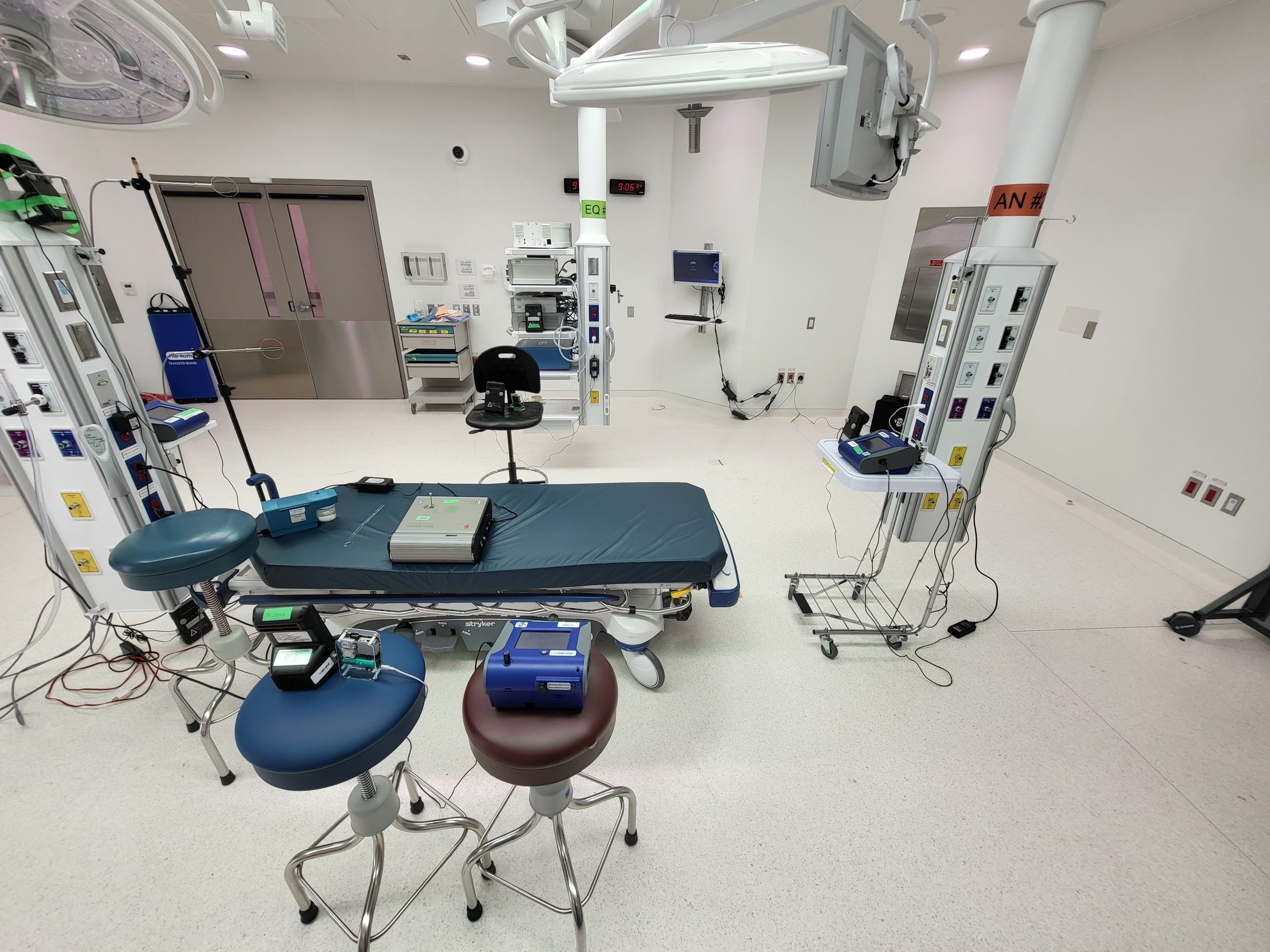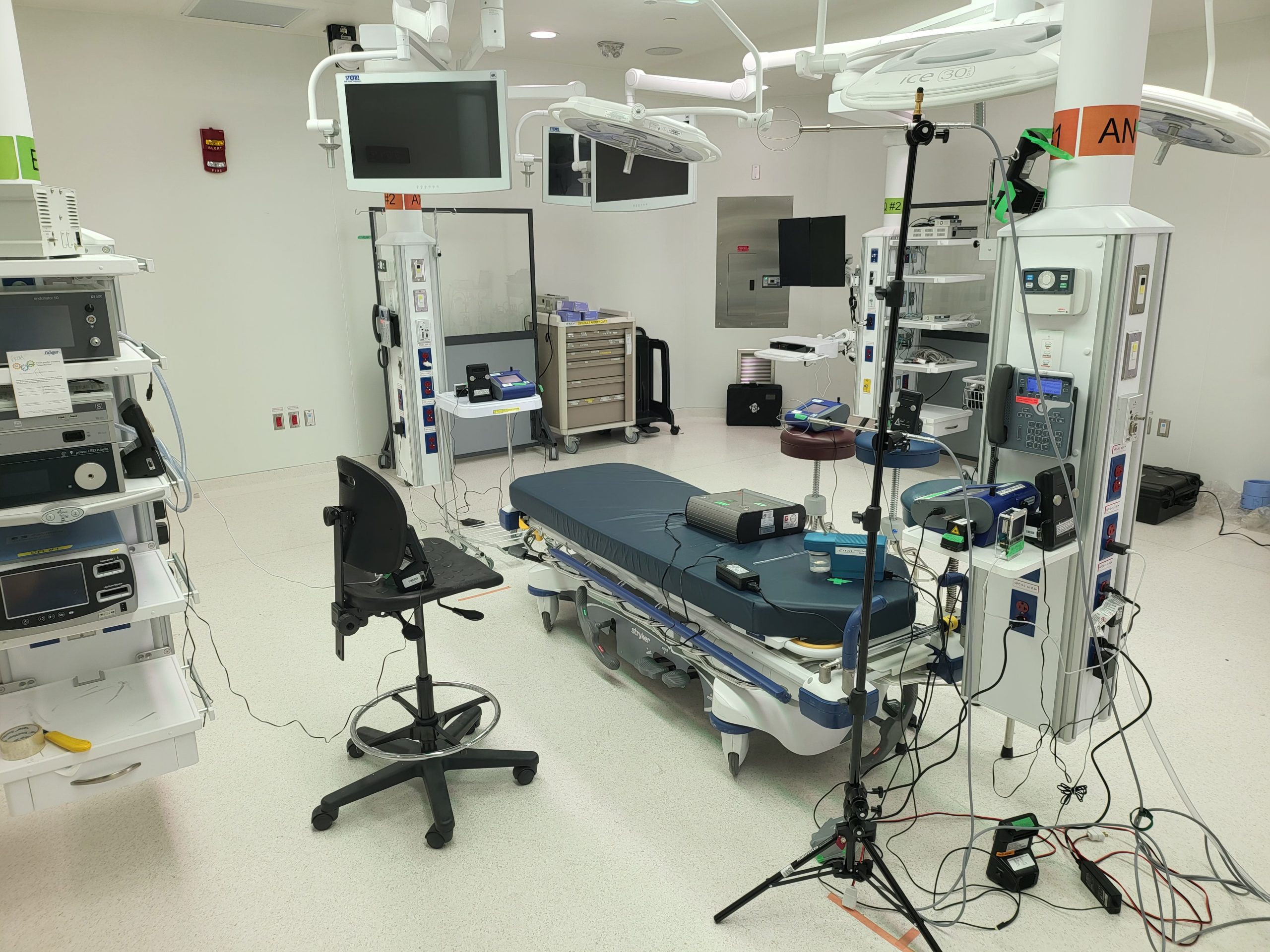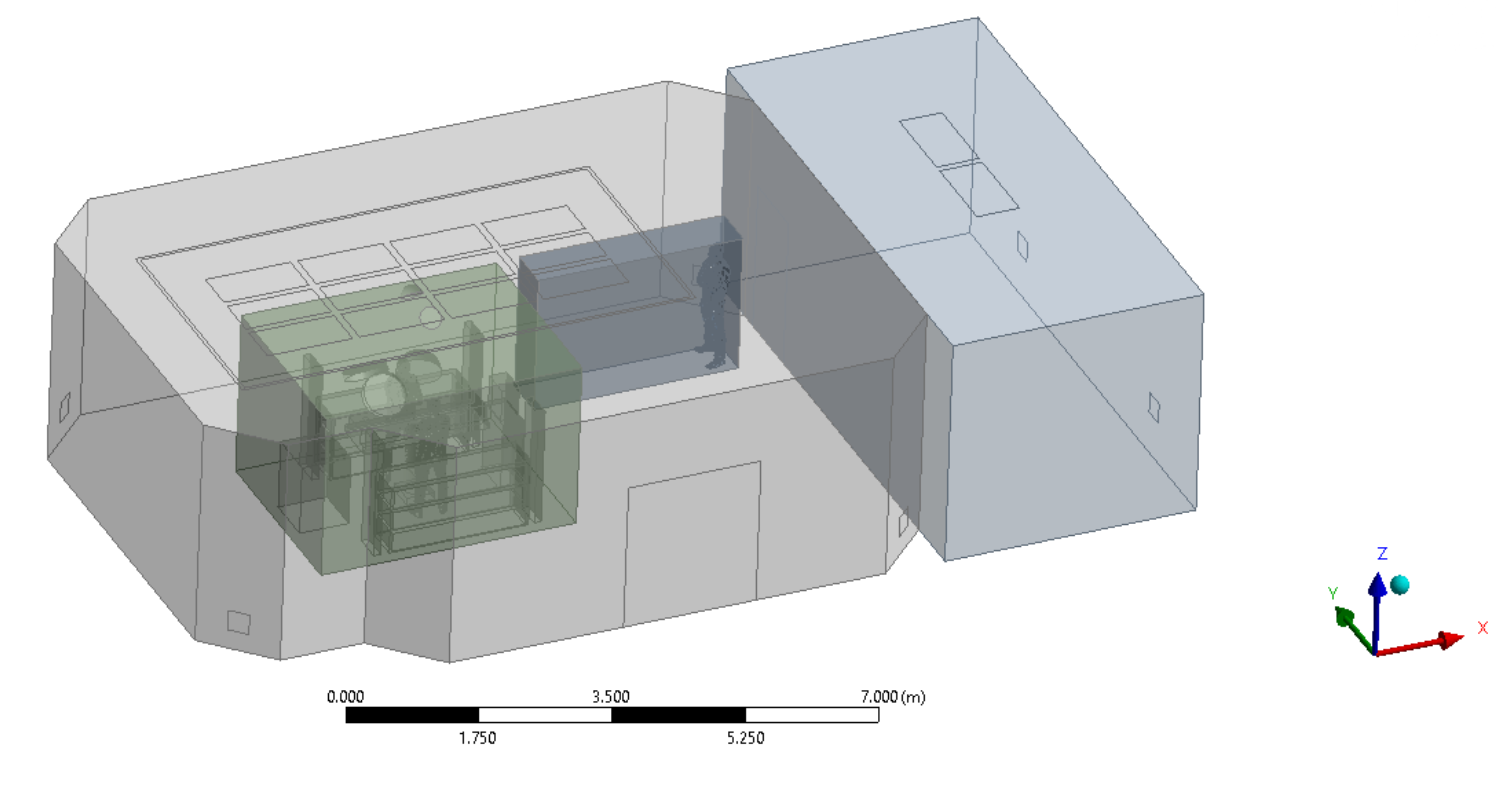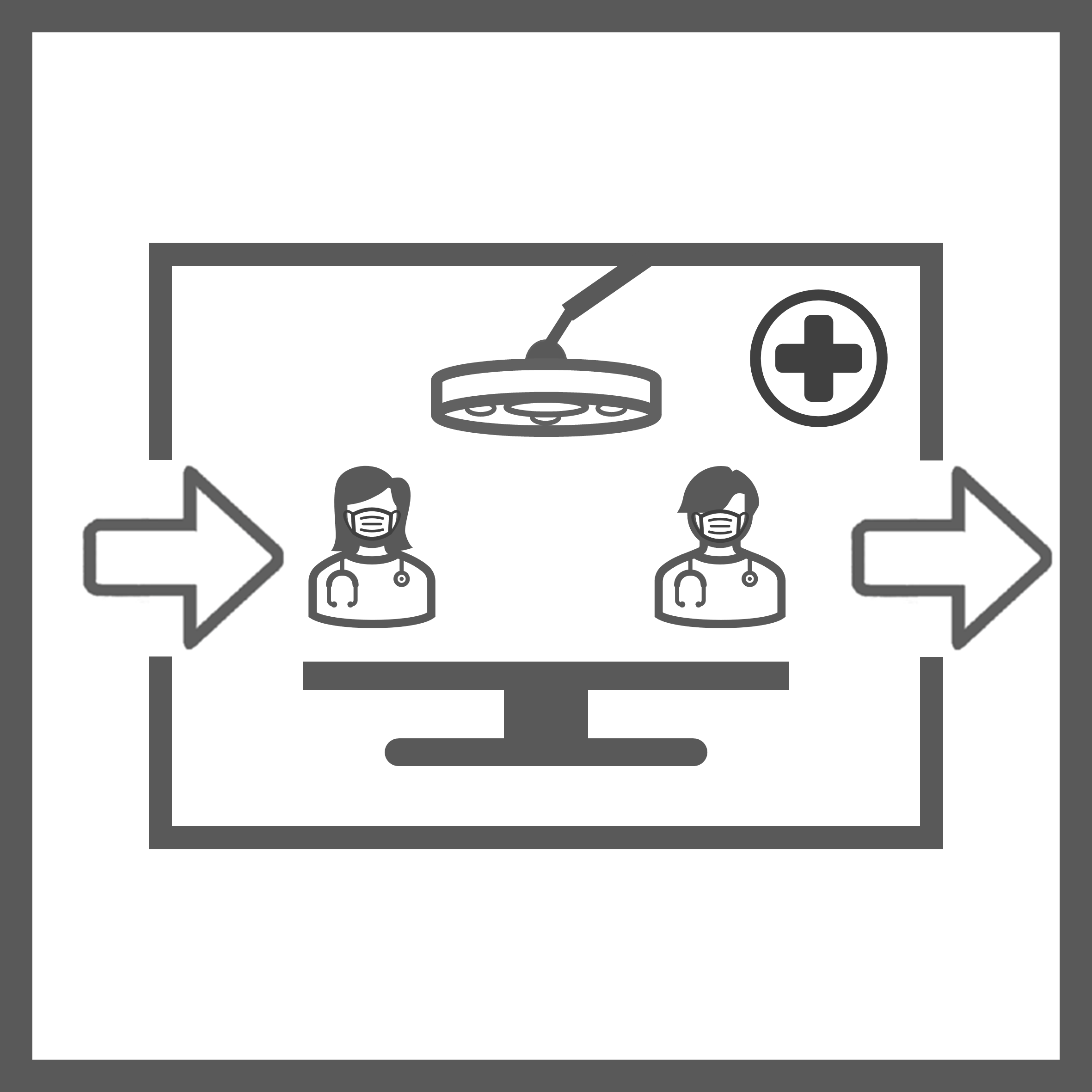Pressurization and HVAC Configuration of Operating Rooms for Patients with Airborne Infectious Diseases
Status: Current
Research themes: Health and comfort Energy and GHG emissions Resilience
Research areas: Infectious diseases and buildings; Building design and retrofits for performance improvement; Cognitive and physical health in the built environment; Solutions for air leakage, ventilation and filtration; HVAC control and component characterization and optimization; Indoor particulate and gaseous pollutant dynamics
Project Objective
Investigate practical challenges in modifying operating room (OR) ventilation for managing airborne infectious diseases by surveying healthcare professionals and conducting experimental and numerical simulations. Enhance understanding and inform effective ventilation strategies.
Approach:
The research employs a integrated approach that includes survey, experimental, and simulation approaches.
- it conducts an online survey targeting healthcare professionals to gather insights on OR pressurization, HVAC setup, and challenges related to infectious disease management.
- Experimental tests awere conducted in a full-scale OR at St. Michael’s Hospital, Toronto, simulating static and dynamic scenarios. Data collected from air quality monitors and aerosol generators were analyzed using Python.
- Numerical simulations using ANSYS Fluent 23.0 model airflow and particle dispersion within the OR were validated against experimental data. Various boundary conditions and models are applied, including dynamic mesh modelling to account for staff movement. Simulations were applied to a wider range of OR configurations.
Findings
Survey findings highlighted challenges in implementing negative pressure in ORs, including achieving ventilation rate targets and other infrastructure constraints. Experimental tests showed higher particle concentrations under positive pressure, with HCWs increasing dispersion, especially at higher walking speeds. The risk of infectious disease transmission to healthcare workers in the OR as well as those outside of the OR in the clean corridor were higher under positive pressure. Numerical simulations validated airflow and particle dispersion models, identifying optimal mesh sizes. Differences in airflow distribution between positive and negative pressure rooms were observed, with vortices forming under medical lamps. HCWs disrupted airflow and particle dispersion, affecting concentration levels across different locations.
People Involved

Post Doctoral Fellow

PhD Candidate

Principal Investigator
Project Partners





